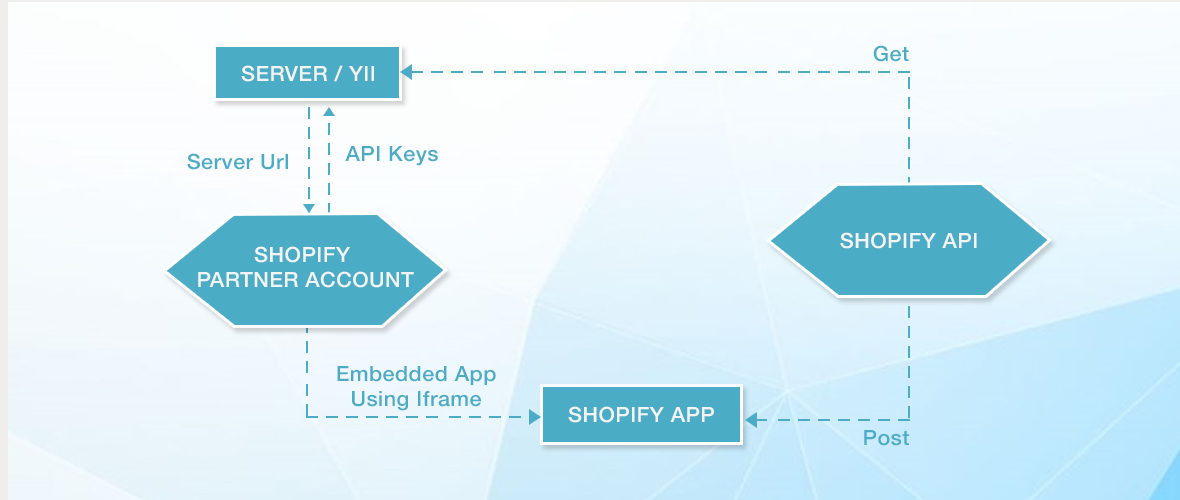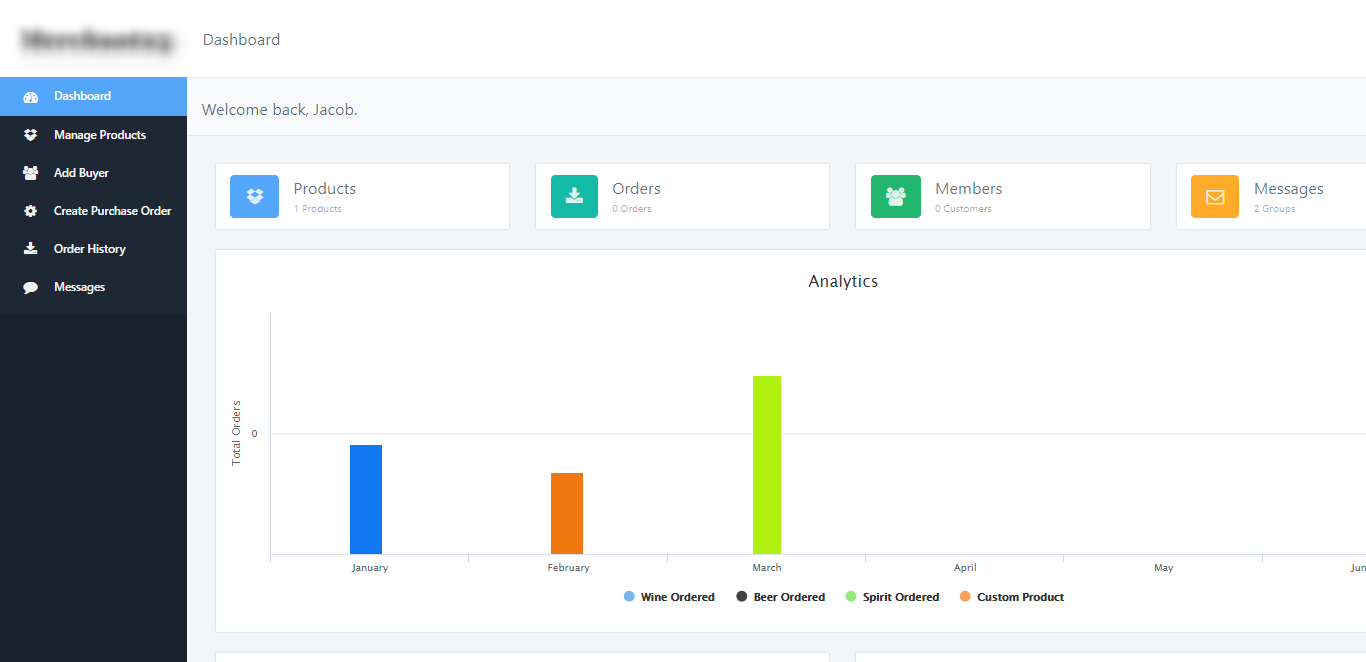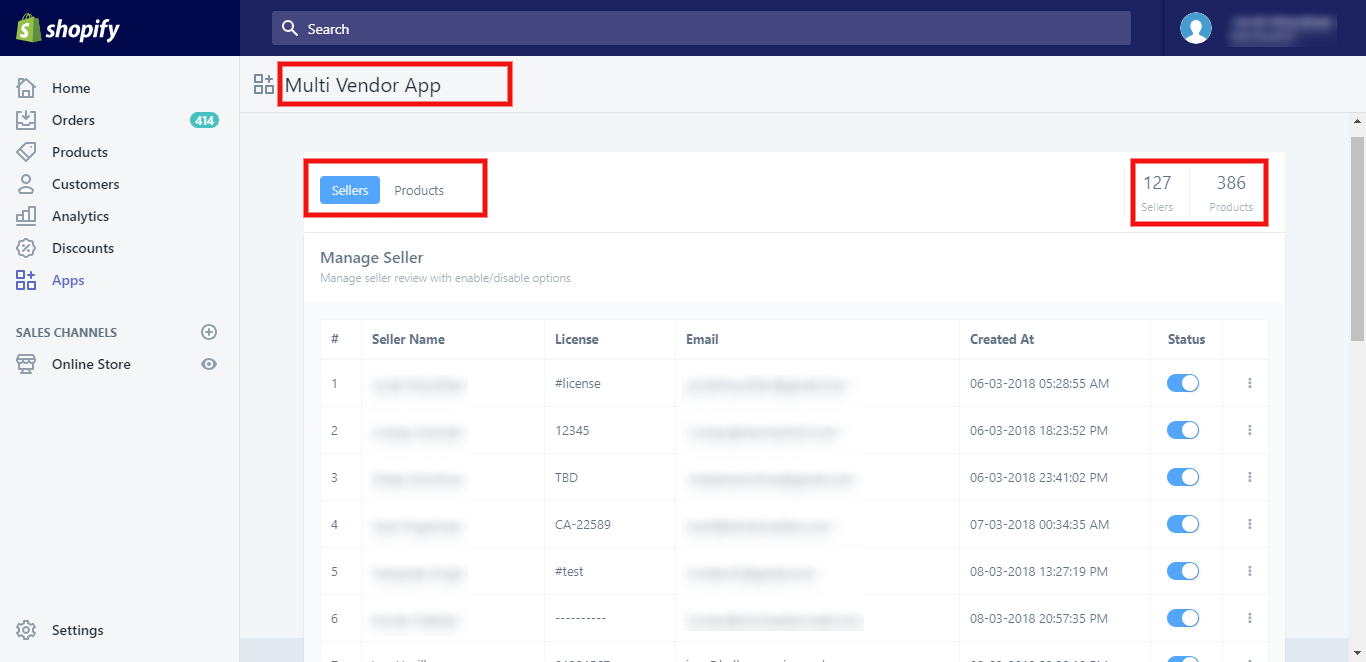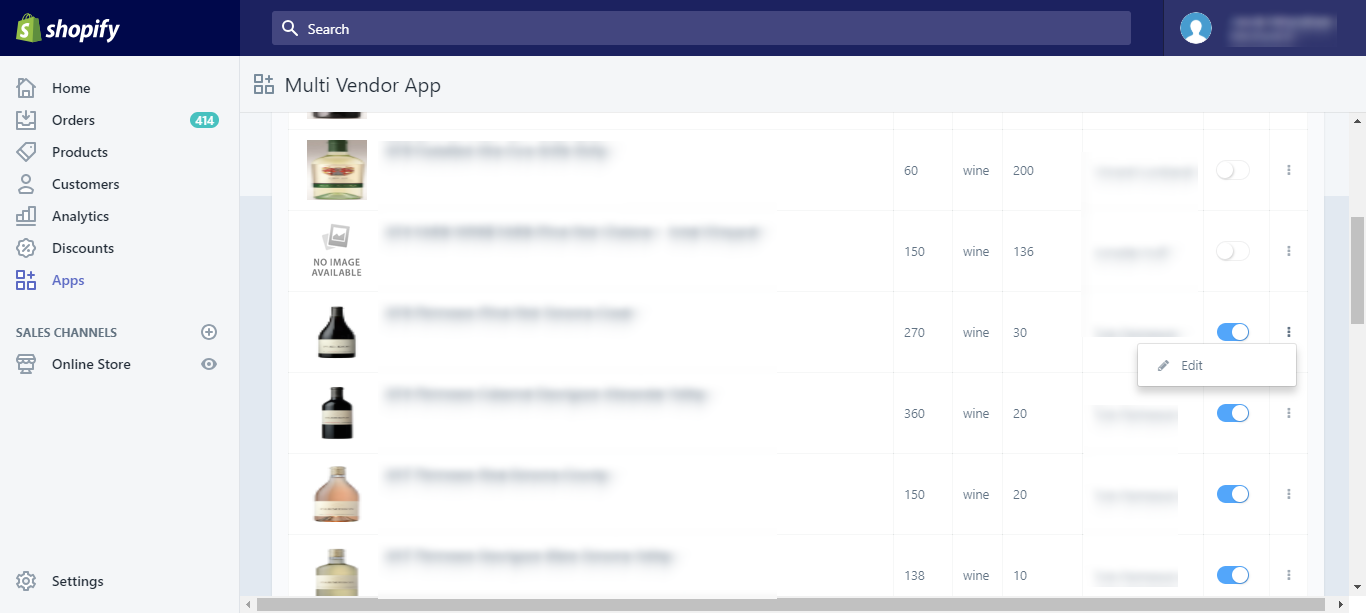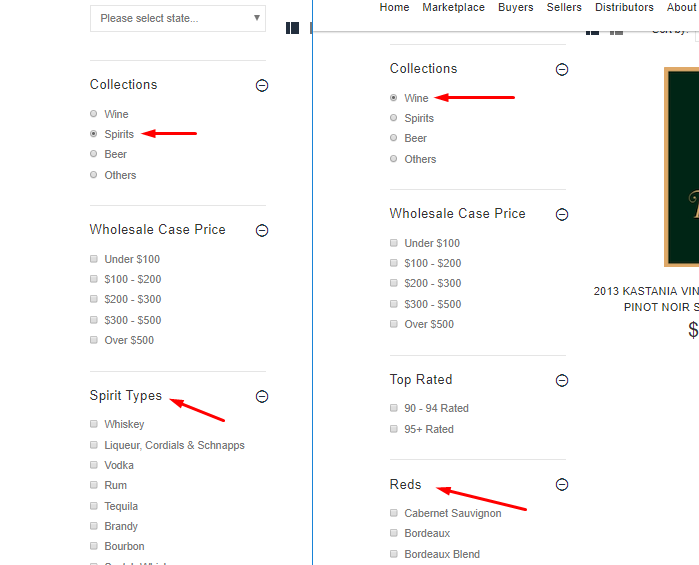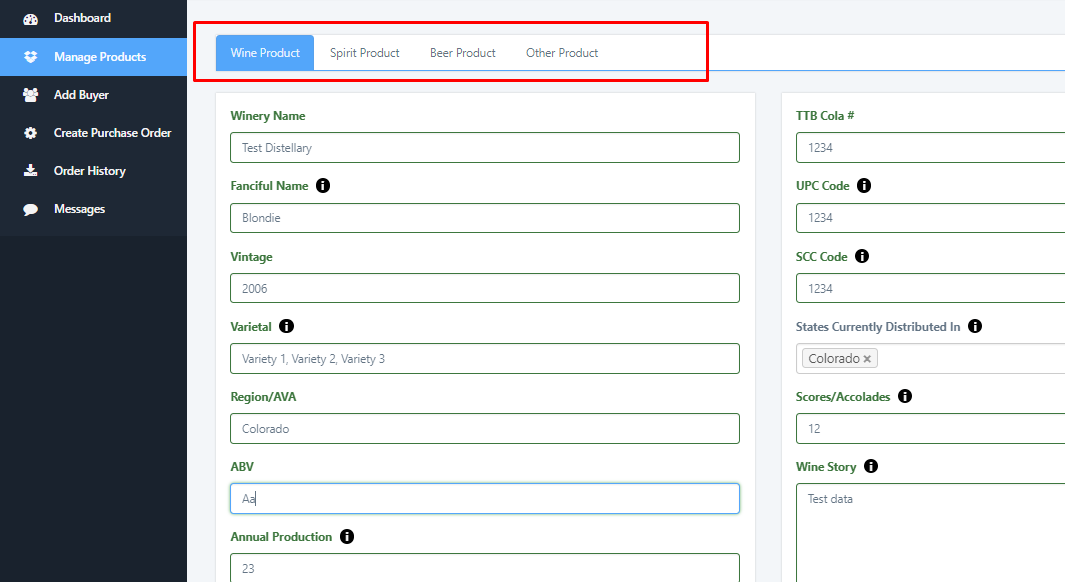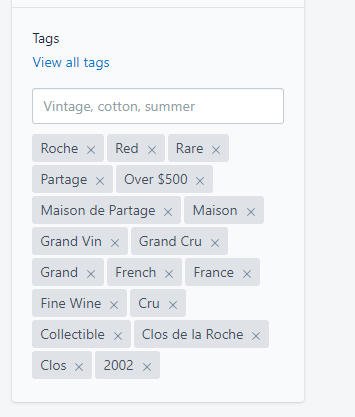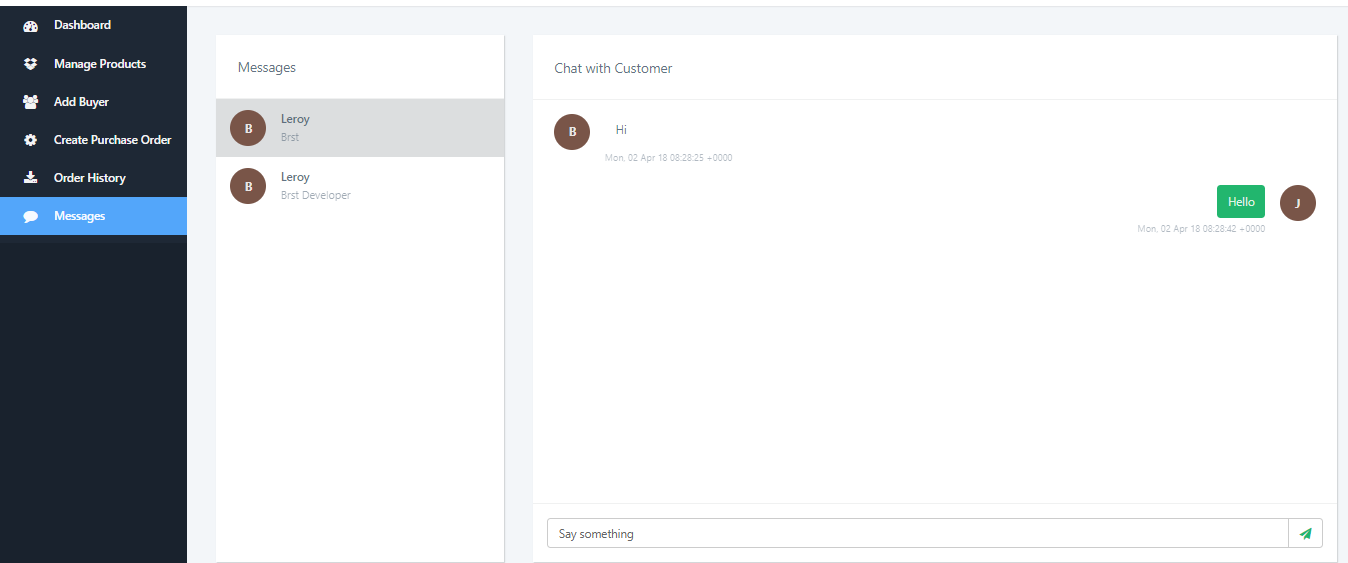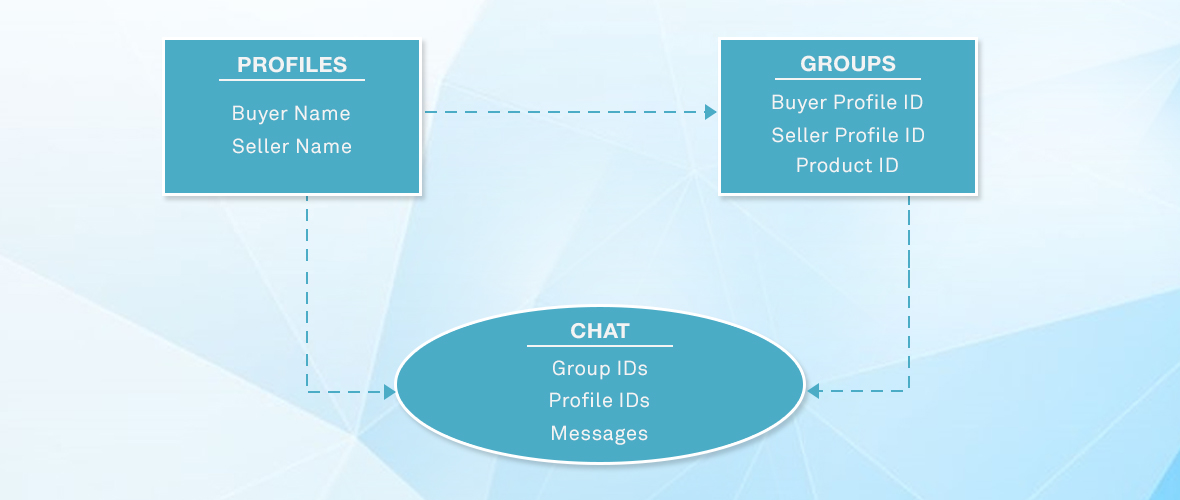Custom Shopify Multi Vendor App Development: Key Insights
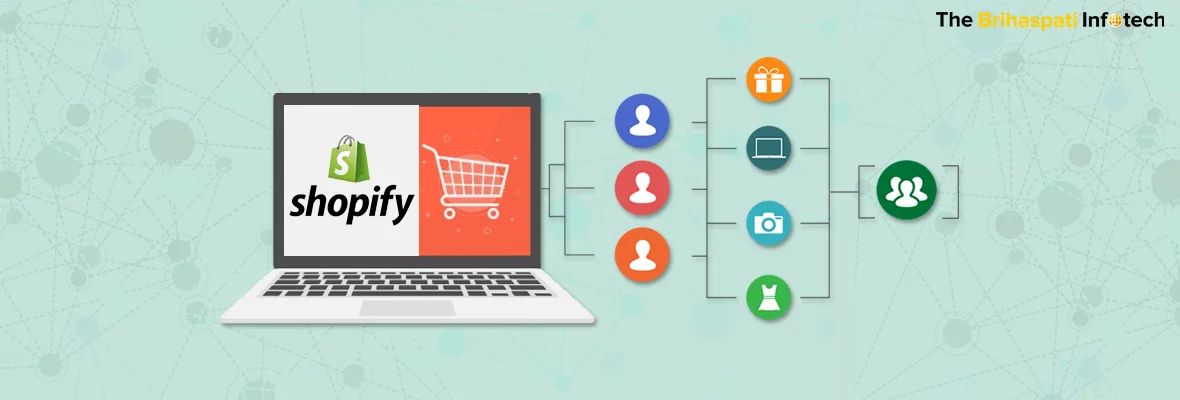
Shopify is a well-known platform for eCommerce merchants, its ease of use and convenient management features have won the hearts of thousands of online business owners. The self-hosted platform houses more than 1,000,000 businesses and it successfully empowers them with industry-specific solutions.
However, setting up an online store might not be enough for merchants to grow and expand in the modern age. As sales and profits are directly driven through a community-based approach and interactions with users. To ace this new world of eCommerce, the best possibilities can be gathered by building Shopify multi-vendor marketplace.
Just like Amazon and Etsy, you can now create your own marketplace and gather sellers from similar niches to sell on your marketplace with the aid of the Shopify platform. This approach to eCommerce can be a great help in driving more traffic and sales.
Shopify Multi Vendor App: Need for a Custom Solution
Shopify’s app library has a handful of Shopify marketplace apps that can be used for converting an online store into a profitable marketplace. Even so, if your business comes from a unique product niche, such solutions might not provide you with the flexibility of adding customization according to the vendors and your own business needs.
Recently the Shopify custom development agency at The Brihaspati Infotech had a chance to cater to a similar business woe for one of our cherished clients by creating a multi vendor marketplace Shopify app.
Client Requirements
Before we began the development project for making Shopify multi vendor marketplace app, our team of expert developers gathered all the basic details to get started. The client operated an online liquor-based multi-vendor marketplace Shopify app.
The requirements were:
1. Enabling other liquor vendors to sell their products through the marketplace
2. Properly categorize the wine products in the Shopify store
3. Providing 24/7 live chat support to the buyers
Although the client’s requirements were simple, implementing the solutions on Shopify was a tricky task. So our client decided to hire Shopify developers from us to manifest his business vision into reality.
Our Development Approach for Multivendor Shopify App
Before we started working on the multi vendor marketplace Shopify app our team decided on dividing the whole project into two major sections that we needed to work on.
a. Interface for the store owner
b. Interface for vendors and sellers.
Doing this on an open-source platform like Magento would have been much easier. However, in Shopify, we didn’t have the scope of intervening with the base code. So we created separate interfaces and used it as an embedded app within the Shopify back-end panel using an Iframe for building the Shopify marketplace app. Using the Shopify APIs and webhooks, we can POST and GET data TO and FROM the Shopify website to our custom-built interface.
Further, for building the interfaces we decided to use the YII / LAMP technology stack. We hosted the Store owner interface as a Shopify app on the client’s server and linked it to the Shopify website using the client’s Shopify partner account. And, the vendor interface was hosted on a sub-domain of the store owners’ website and vendors were able to access it by logging in with their vendor accounts in the multi vendor marketplace Shopify app.
Key Features for Shopify Multi Vendor Marketplace App
After a series of rigorous development and testing our team of expert developers was able to create a secure, easy to operate, and functional multi vendor Shopify app with the following features:
Robust Seller Dashboard
We provided a clean and crisp interface for the landing page of the seller dashboard. In this, the client could access a real-time overview of the number of products, orders, buyers, and messages received by the seller.
Further, the dashboard also sported an overview in the form of a bar graph, we made the use of HighCharts to implement dynamic chart functionality in this.
In addition to these default features, the Seller had default options to Create new Products, Buyers, Purchase Orders, Review Order History, and Respond to Buyer Messages.
Easy To Use Admin Interface
We also made it possible for admins to access their admin interfaces through the default Shopify admin dashboard. For implementing this we used the functionality of the embedded app.
Our team also used Shopify APIs to sync the Products, Orders, and Customers data efficiently with the default Shopify database.
Further, for managing Seller accounts, and Products submitted by the sellers, the Store admins can simply launch the Shopify multi-vendor app within their Shopify dashboard and manage all the available data.
Speed-breakers during the Development Process
Although we had a team of experienced developers under our belt, the process of creating a Shopify multi vendor marketplace was a learning experience for our team as well. During the development process, we faced the following speed breakers:
1. Custom Nested Product Filters
We needed to create nested filters where the selection of one filter affected the option of others in the Shopify multi vendor marketplace plugin. However, doing this using the default filters available in the Shopify backend was not possible.
To resolve the gridlock, we created separate product creation forms: a unique form for each collection. Using this we further created product tags that could be used as filters.
By pre-defining the Product categories in the store, we were able to set up tags for each product type based on which filters were able to show relevant data. These tags were added automatically and were visible to the store admin.
As the product forms were built in YII under the MVC architecture, the plugin remains adaptable to any business requirements, and the forms can always be modified and enhanced as per the business needs.
2. Order History
The order placed by the buyer gets automatically synced with the Shopify Admin App and Seller panel. To view the order in the seller panel, the seller navigates to the order history and fulfills the order by entering the tracking number and selecting the Shipping carrier.
3. Creating Live Chat
Our client wanted to add live chat functionality in the marketplace to empower vendors to efficiently serve their buyers. Further, they also wanted these conversations to be saved on the backed so that the buyer could pick up a discussion where they dropped it earlier. Achieving this functionality using premade apps was not possible.
On the Seller end, all the incoming, ongoing, and past chats are made visible under the Messages section.
To achieve this we used Chat ID as a unique identification for any conversation. This helped us in programmatically identifying who has submitted a message and then displayed the message to the corresponding user ID.
Using this approach, not only were we able to implement real-time one-to-one chat, but we were also able to save and access the chat record between buyer and merchant in the database.
4. Real-Time Synchronization Of Seller and Shopify Database
As the Shopify multi vendor app had its seller dashboard as a separate interface built-in YII and hosted on a separate server, it was crucial to make sure that whenever a product is created by a seller, it is also created in Shopify at the very same instance.
To implement a well-synchronized solution we utilized Shopify’s Console runner to run background processes. This enabled us to programmatically hit the Shopify Product API every time someone creates a new product.
Final words on Shopify multi vendor app development
The multi vendor Shopify app created by us was able to help the client in regulating and managing their business on various levels. Our developers were confident in their ability to answer the client’s business needs. Since in the past we have followed a similar approach for successfully building a custom Shopify Payment gateway integration.
There were many other facades to the custom Shopify marketplace app extension we have built, such as:
- Integration with Hubspot
- The ability for Sellers to define custom shipping method and tracking ID
- The ability for store admins to set up a commission rate
At the end of the project, we were capable of catering to each one of our client’s functionality requirements. This also allowed or team to widen their overall horizons as well.
The Shopify Multivendor Marketplace app developed at our labs was an instant hit. As we were approached by market leaders in search of a customized solution. As of July 2021, the solution continues to support more than 10 ecommerce businesses managing their sellers online. The solution has been customized for most businesses. For the rest, the vanilla form met the requirements.
At The Brihaspati Infotech, we are armed with the required skills to help you provide highly robust and tailor-made solutions which have the potential to amplify your business. Do you have questions regarding the Shopify multi-vendor app we developed or are you looking to hire Shopify experts for your store?
Get access to the most dedicated and dependable pool of web developers for Shopify by contacting us.
